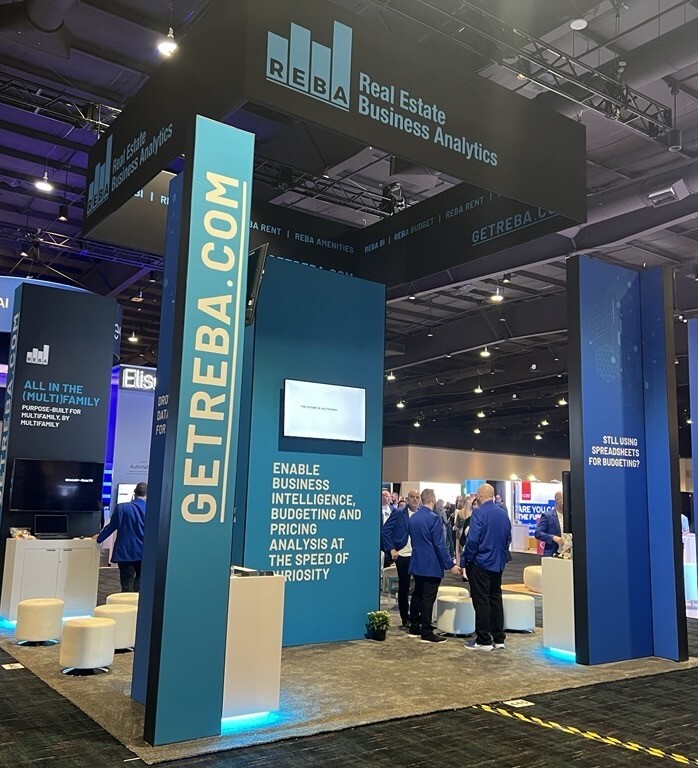The multifamily industry has been driven by an explosion in the number of real estate technology (RETech) solutions, each with its own set of data, some of which integrates well with other systems and some of which stays quite siloed. The key to good decision-making is a BI platform that can extract data from multiple systems of record (SOR), transform that data into a normalized model for the entire portfolio, and then load it into a single source of truth (SSOT).
So, while both a SOR and an SSOT need to work together, it’s important to not confuse the two.
Start Your Free 5 Min. BI Assessment - We'll Do The Rest
Source of Record
A single source of record (SOR) is a single source that contains all the information about a specific subject or item, but it may not necessarily be the definitive or "true" source of information. In other words, a single source of record is a collection of information. A great example of a SOR in multifamily is the Property Management System (PMS).
Obtain a competitive edge with our Multifamily BI tool
Source of Truth
A single source of truth (SSOT), on the other hand, is the definitive source of information for a specific subject or item and everything else should match or be derived from it. In other words, a single source of truth is the authoritative source of truth.
Establishing an SSOT for your data can provide several key business benefits:
Improved Data Quality
By having a data warehouse with an associate reporting and visualization layer that serves as a “one-stop shop” for all analytics, organizations can ensure that data is accurate and consistent across the organization. This can help to reduce errors and improve the overall quality of the data. You’ll never show up to a meeting with 2 reports with different occupancy numbers again!
Increased Efficiency
With an SSOT in place, employees no longer have to spend time searching for and reconciling data from multiple sources. This can lead to increased productivity and efficiency. Take the fee management model (representing more than 2/3 of professionally managed rental housing) for example. An owner’s portfolio tech stack is often spread amongst multiple different PMSs, CRMs, and other technology tools, and you have a very complex and cumbersome data environment to sift through to report out in a timely and accurate manner.
Better Decision Making
When data is consistent and accurate, it can be used to make more informed decisions. By having an SSOT, an organization can be sure that everyone is working with the same set of facts, which can lead to better, more confident decision-making. By democratizing the data, you’re allowing super users (BI Analysts) to support the wider community (FP&A, Operations, Marketing, Portfolio Managers, etc.) with individual reporting needs.
Better data governance
With an SSOT, organizations have better control over their data, which can help ensure that it is used in compliance with legal and regulatory requirements. The goal of data governance is to ensure that data is a valuable asset for the organization and that it is used to drive business decisions and strategies.
Reduced Costs
By having an SSOT in place, organizations can reduce the costs associated with maintaining and updating multiple data sources. Whether you’re reaping the benefits from fewer maintenance/tech updates, seeing property issues before they become costly, or simply deploying your teams in a more efficient manner, time is money in more ways than one.
Improved Customer Service
With an SSOT, teams have access to a complete and accurate view of resident information, which enables them to provide better service. Your team has also just been given the gift of time because they aren’t wasting their days sifting through reports and different tech platforms to find the answer to their question. They can now redeploy their time to serve their residents.
Overall, establishing an SSOT can help multifamily leaders improve data quality, increase efficiency, make better decisions, reduce costs, and improve customer service. Take our free BI Assessment Quiz to get a pulse on where your organization is on its data journey.





SHARE